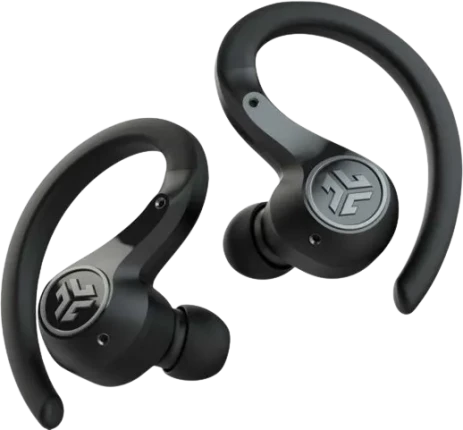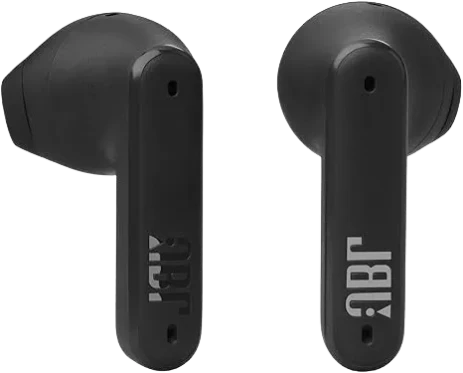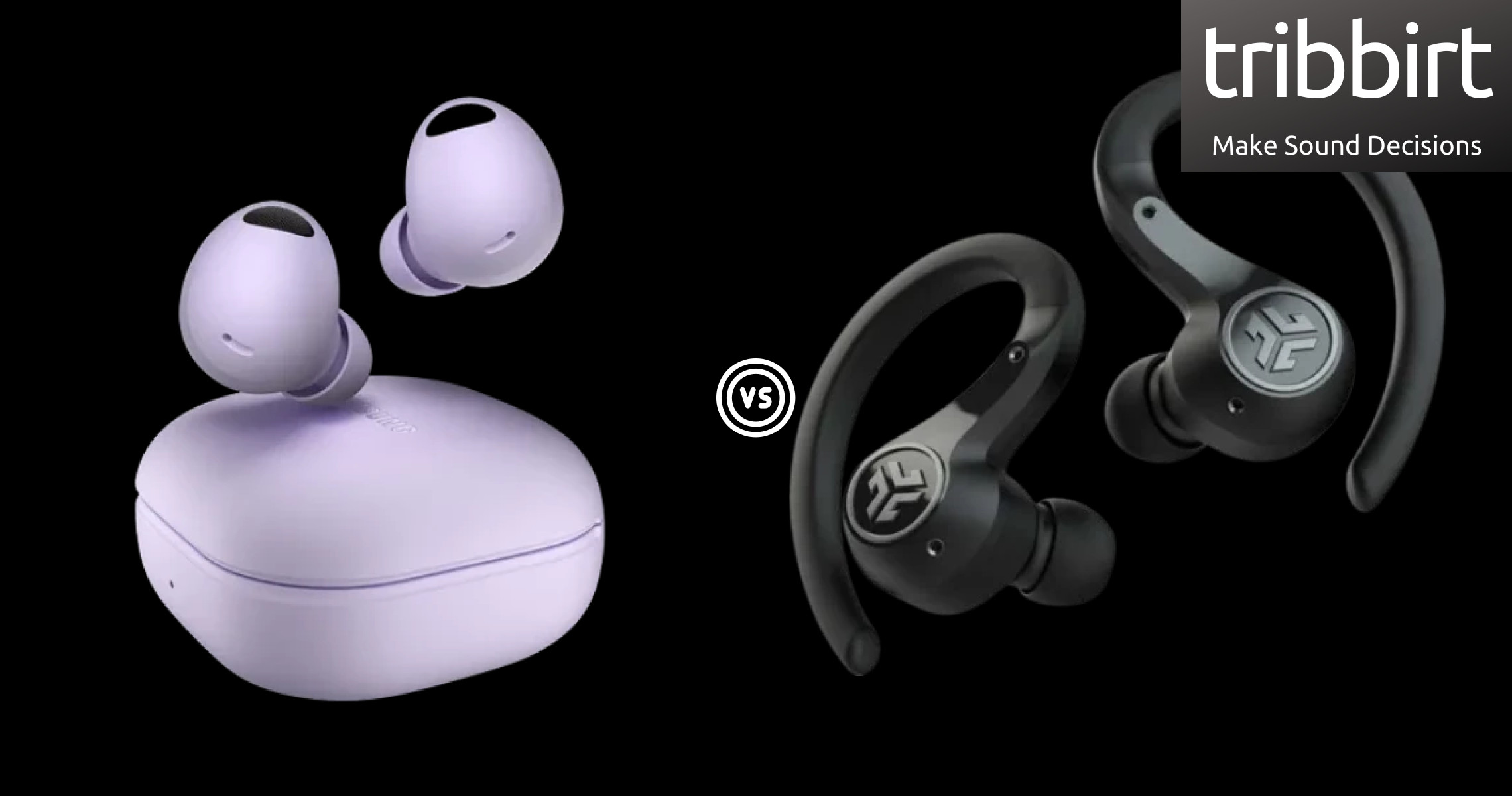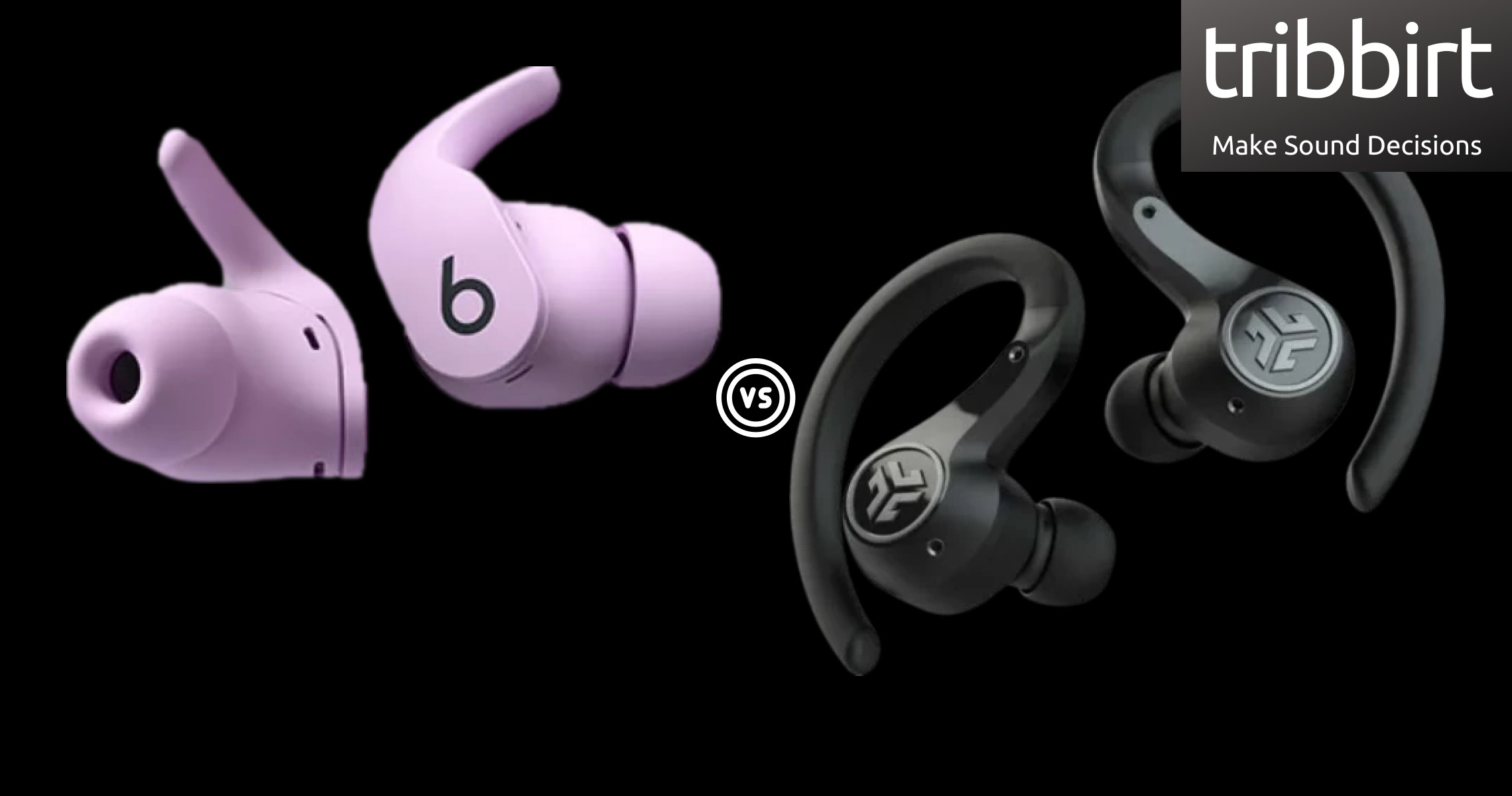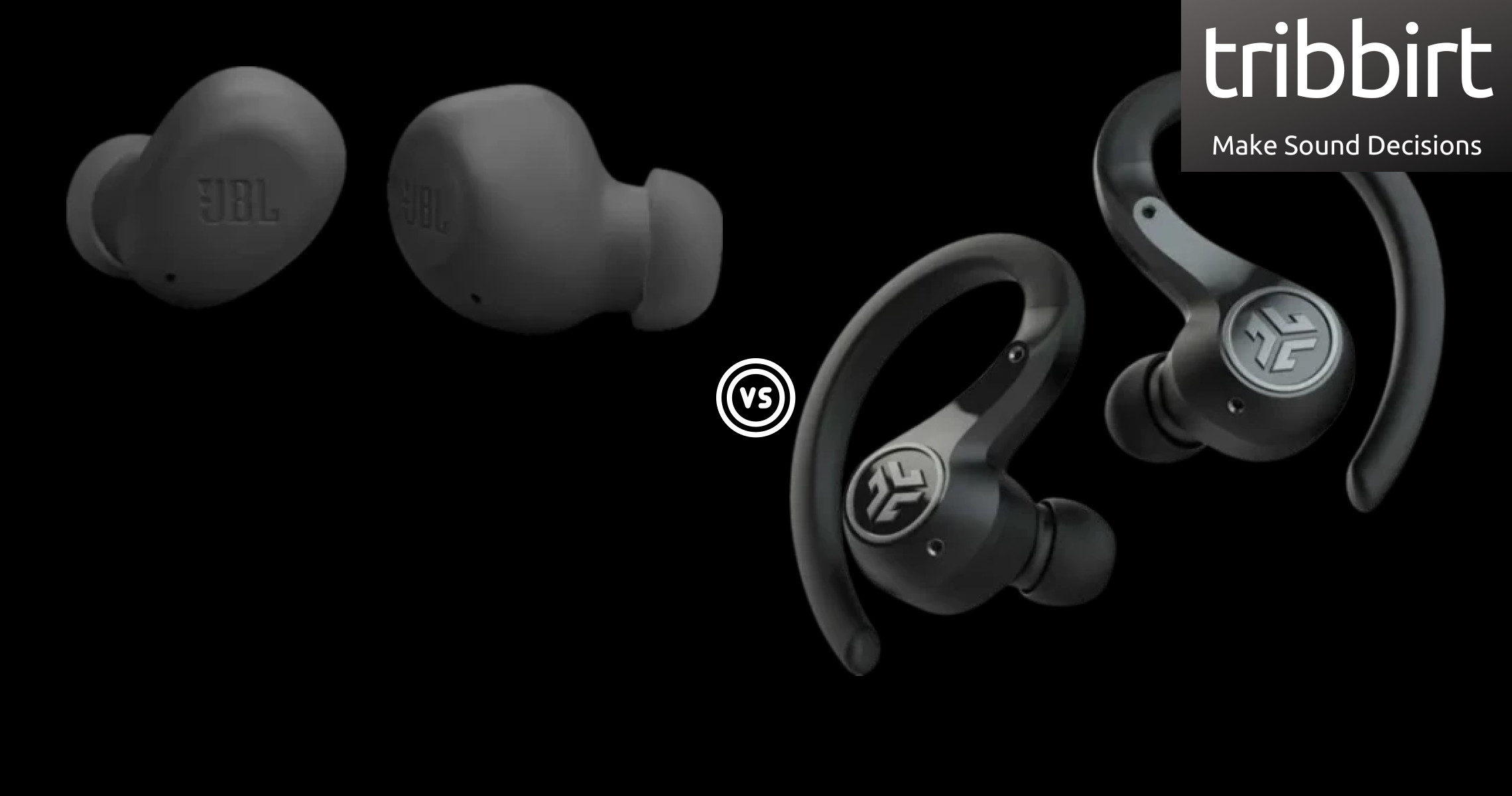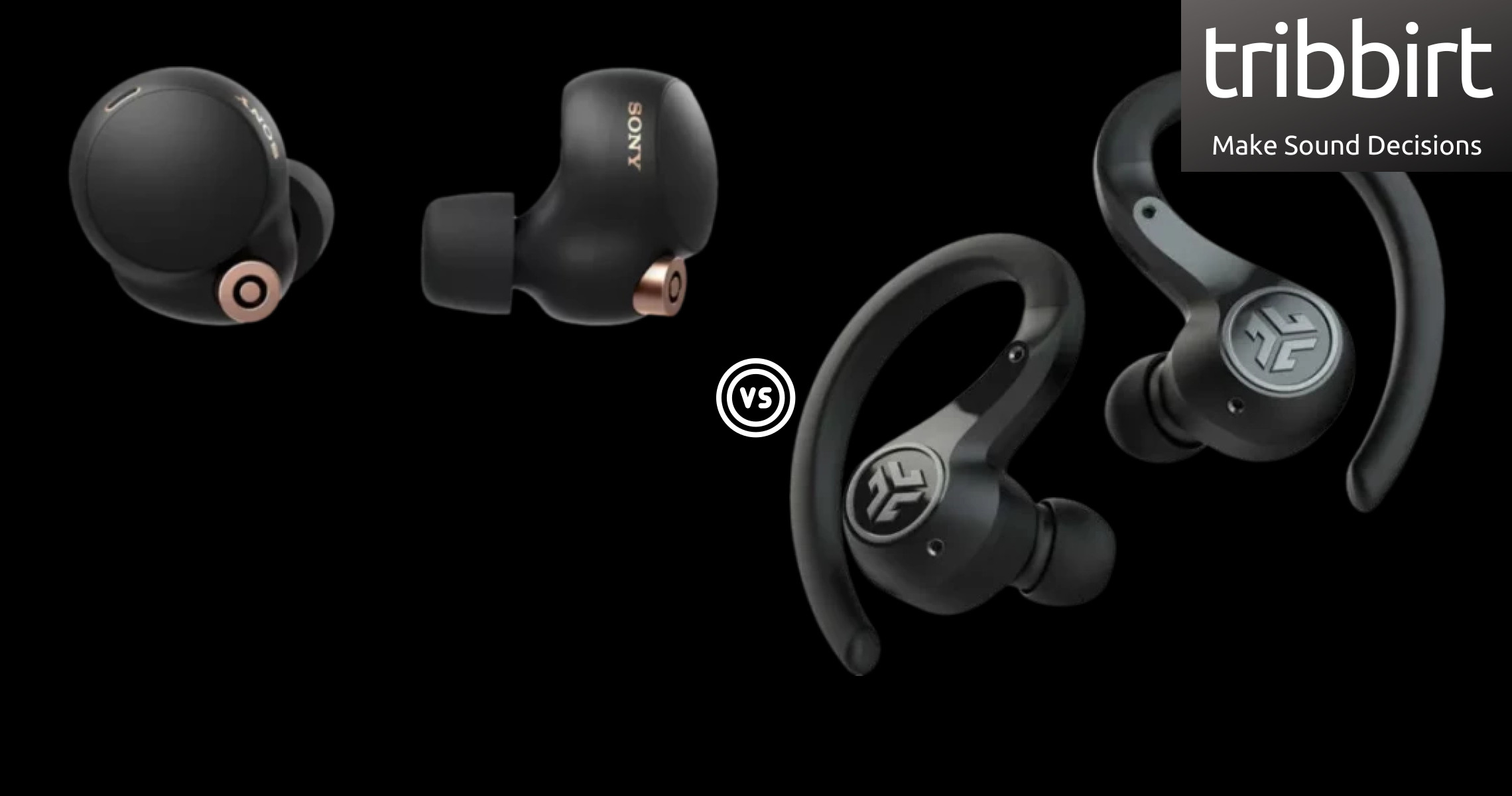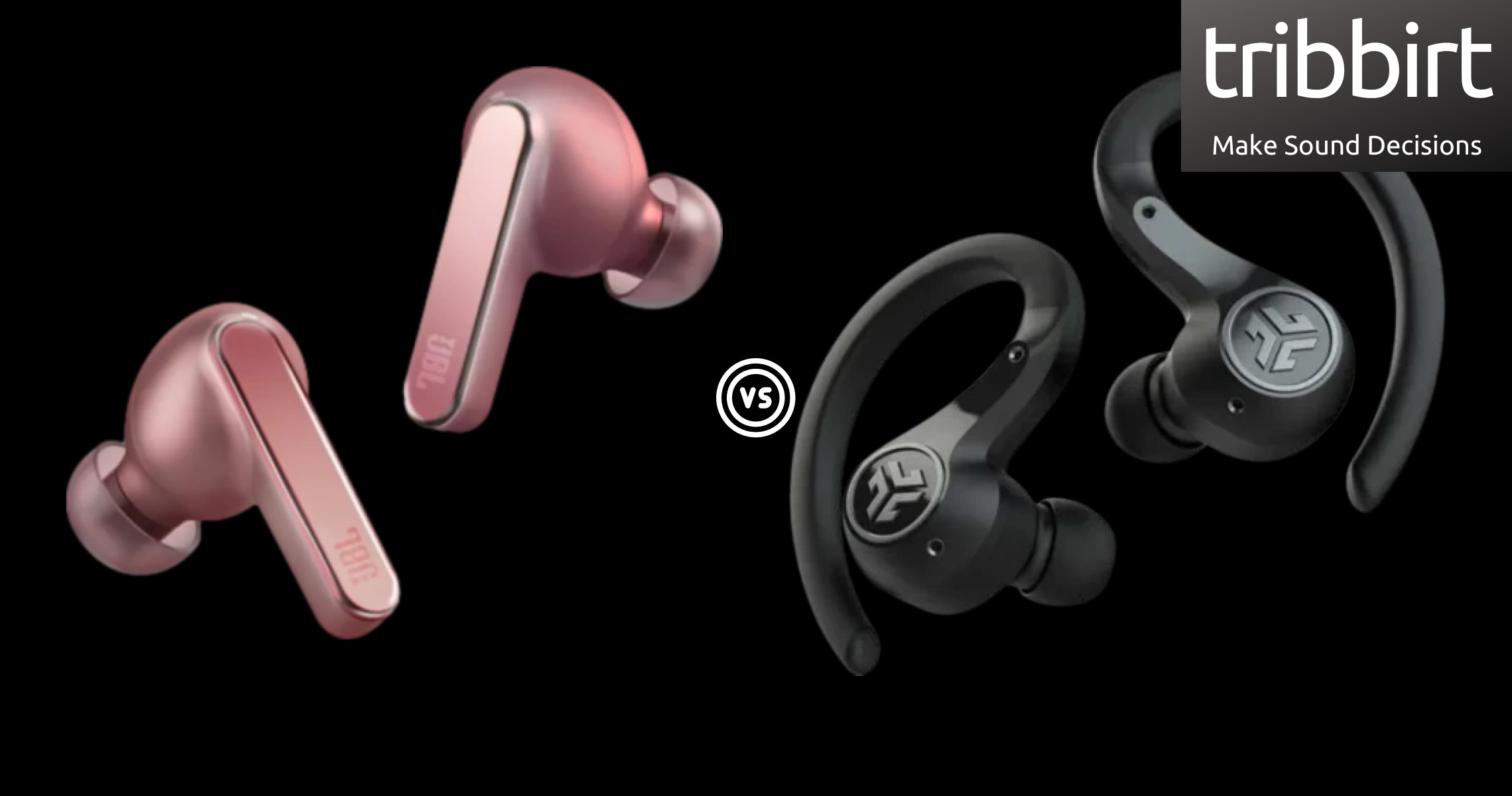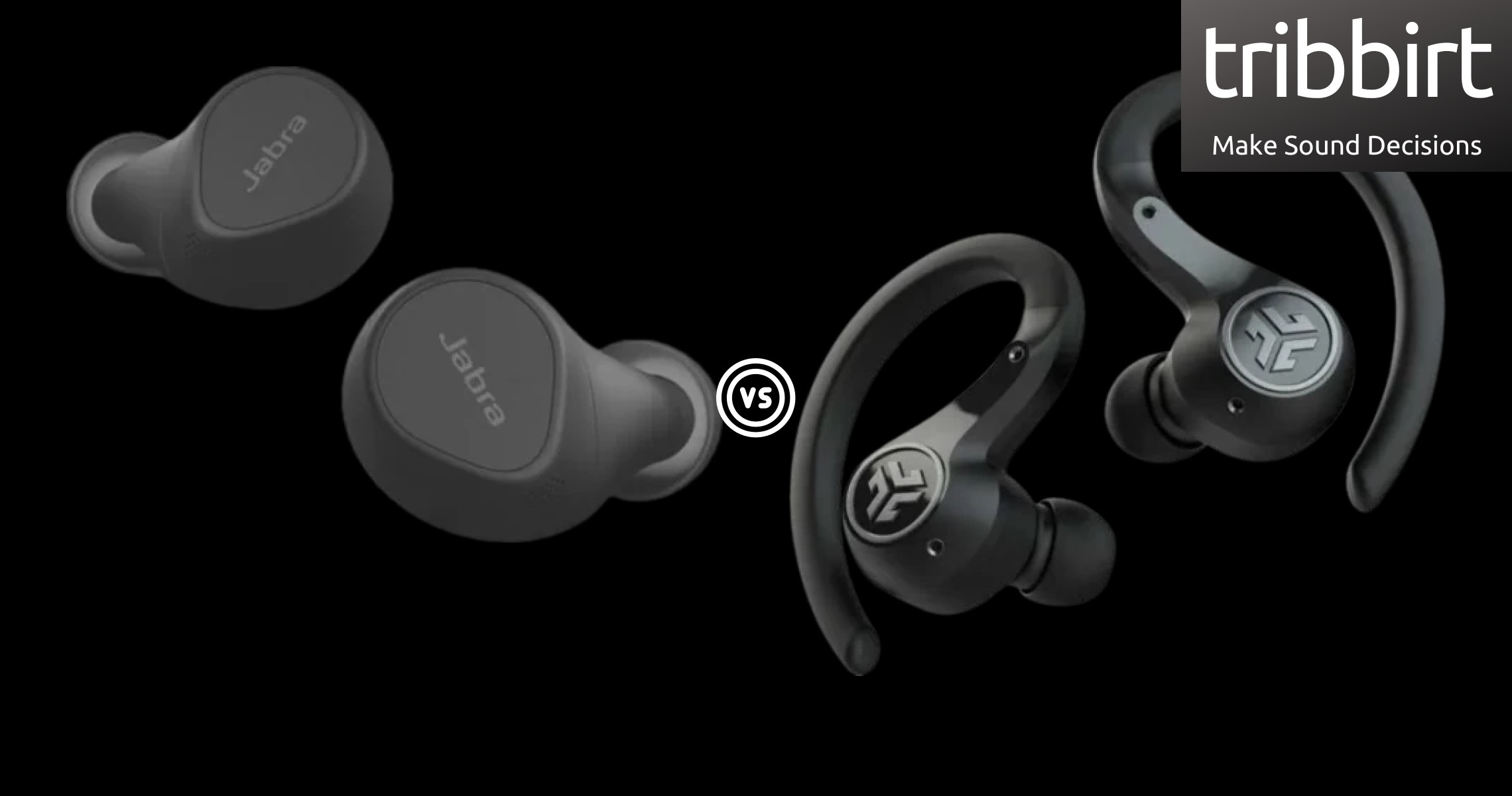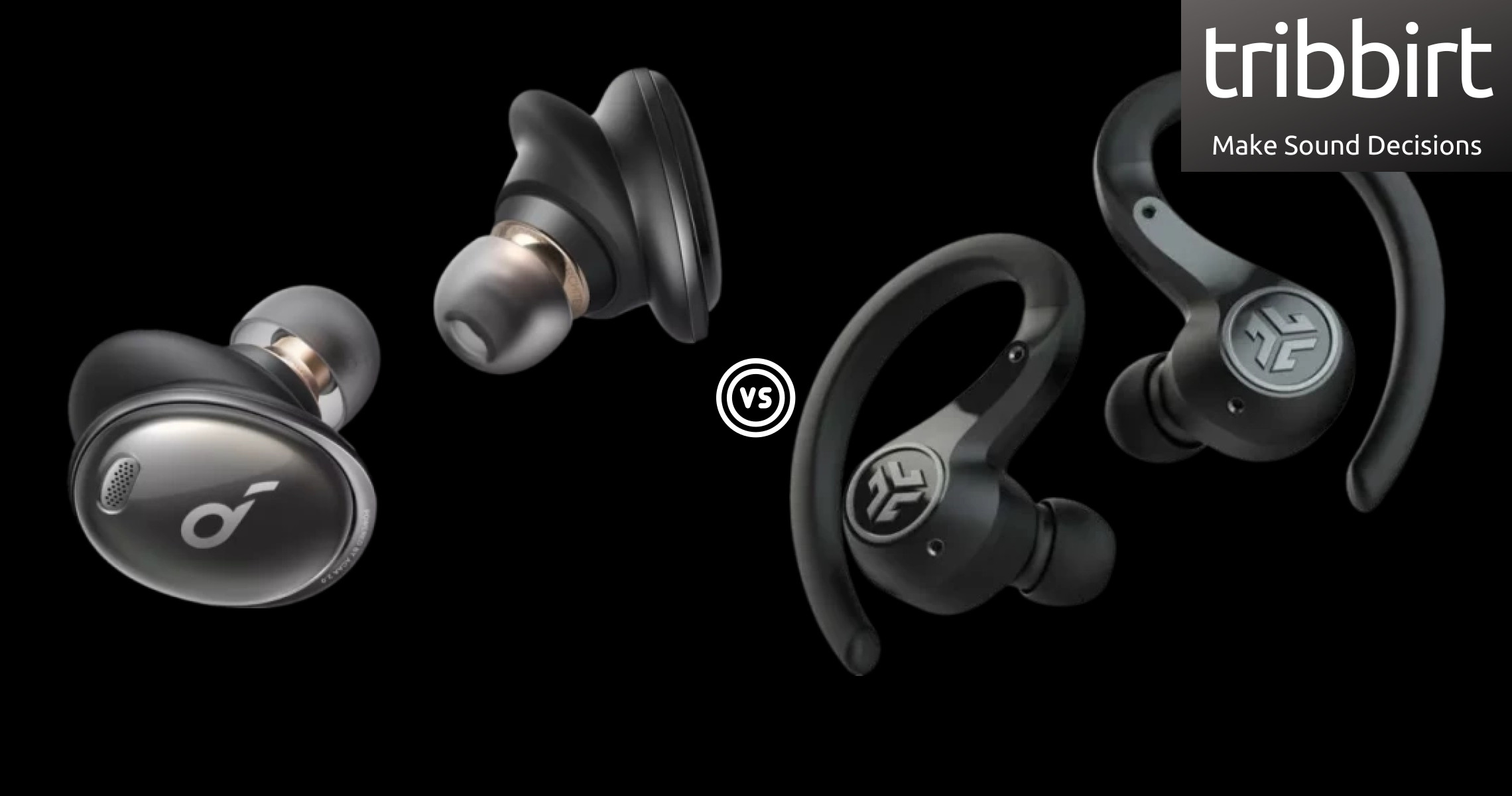Ingress protection ratings is the rating of protection given by an enclosure, against dust and water. The letters 'IP' are followed by two values The first value of the IP rating refers to protection against solids such as dust, while the second refers to resistance against liquids (water).
Having a value of IP66, the JLab Epic Air Sport's rating for solids indicates that they are completely dust proof, and of liquids that they can withstand high pressure jet that's 12.5mm diameter, similar to fire hose from any angle for 3 minutes at a distance of 2.5 to 3 meters..
In comparison to the JLab Epic Air Sport, JBL Tune Flex have a rating of IPX4 meaning that
no data available to specify a protection rating
and that of liquids is that,
JBL Tune Flex has a lower liquid rating than JLab Epic Air Sport
The JLab Epic Air Sport have a weight of 20g . We prefer a lower weight better because lighter devices are easier to transport. The JBL Tune Flex, at 9.6g
are lighter than the JLab Epic Air Sport by -10.4g
For a device to be true wireless it should have no wires connecting any part of the device together, JLab Epic Air Sport are true wireless for this matter since they have no cables.
This is a major distinction since wireless earbuds have cables connecting the pair of earbuds together. JBL Tune Flex also is true wireless since it has no wires linking the 2 earbuds .
The JLab Epic Air Sport come with wingtips, these are reserved for earbuds for workouts and come as an optional add-on to the separate silicone ear tip for a better fit. JLab Epic Air Sport are resistant to sweat
JBL Tune Flex's resistance to sweat makes both devices good for use while doing sports such as long-distance running, marathons, cardio sweat workouts , etc
JLab Epic Air Sport have stereo speakers, what this means is that JLab Epic Air Sport's speakers deliver sound from separate channels on both left and right sides, this creates a richer sound and a better listening experience.
Both JBL Tune Flex and JLab Epic Air Sport have stereo speakers
Active noise cancellation makes use of advanced technology to actively cancel noise. ANC works when, it detects and analyzes the sound pattern of incoming noise and inverts the soundwaves to counter it. In simple terms, it's like taking +1 (noise) and producing -1 (counter sound by the device) giving zero which results in a reduced level of noise.
JLab Epic Air Sport have Active Noise Cancellation allowing you to listen at lower levels of volume, causing less ear fatigue since you don't need to crank up the earbuds volume to outcompete background sounds. The JBL Tune Flex too have ANC which makes both earbuds ideal for flights and morning travels. The JLab Epic Air Sport and JBL Tune Flex operate with different noise cancellation settings, pick the noise cancellation type that you prefer for travel or that enhances your chill time.
JLab Epic Air Sport stay well in place, this creates an acoustic seal that reduces background noise well as preventing the earbuds music from leaking out at the same. Both JBL Tune Flex, and JLab Epic Air Sport have passive noise reduction this means that they limit ambient noise without using technology to cancel it out. JLab Epic Air Sport driver unit is 8mm in diameter, the bigger the unit the more powerful, therefor producing better bass.
The driver unit is the component that produces sound in the device, its size dictates the loudness of the device. JBL Tune Flex driver unit is 12mm in diameter,
making them have a larger driver unit than that of JLab Epic Air Sport by 4mm
, as many tend to believe that driver units of a bigger size automatically produce better sound quality.
However, large drivers usually have difficulty producing high frequencies so yeah, larger drivers can generate louder sound, but this does not mean that they deliver better quality sound.
JLab Epic Air Sport's lowest frequency is at 20Hz, low-frequency response inidcates how well an audio device produces low audible frequencies and if it alters the signal while at it. JBL Tune Flex's lowest frequency is at 20Hz, this implies that
both devices produce equal bass
JLab Epic Air Sport's highest frequency is at 20,000Hz, high-frequency response measures if and how well a particular audio device generates high audible frequencies and if it adjustments to the signal while at it. JBL Tune Flex's highest frequency is at 20,000Hz, this means that
both devices generate equal treble
The sound pressure level, is the pressure level of sound, measured in decibels, dB, JLab Epic Air Sport's measurement is 110dB/mW.
Devices with a higher sound pressure level are generally louder when supplied with any given audio source. JBL Tune Flex's sound pressure level measurement is 108dB/mW. The sound pressure level, something is can be taken differently by different people, so we need to have the means to get an objective measurement of sound level expressed in numerical terms.
JLab Epic Air Sport's battery life is 15 hours, these last longer than 5 hours of listening which is considered average before recharge. A device's battery life is commonly given by the manufacturer, and with longer battery life, you get to use it for longer and have to charge the device less often. JBL Tune Flex's battery life is
less than that of JLab Epic Air Sport by 7 hours
. Each time you recharge your earbuds, they get a little less playing time.
The effect is not noticeable at first, but over a few years, your wireless earbuds will have shorter listening time. The battery life of the charging case is given by the manufacturer, and the JLab Epic Air Sport's case is said to have a full charge of 55 hours. A charging case with more battery hours enables you to recharge your earbuds on the go multiple times before recharging the case itself.
JBL Tune Flex's charging case has a battery life of 24 hours,
less than that of JLab Epic Air Sport by 31 hours
It takes 3 hours to fully charge the JLab Epic Air Sport's battery. It is recommended to charge fully the battery before using the earbuds when they have been unused for long periods. JBL Tune Flex takes 2 hours to fully charge the battery,
less than that of JLab Epic Air Sport by 1 hours
JLab Epic Air Sport, the device supports wireless charging.
To charge the earbuds, you simply place down on a compatible charging pad. JLab Epic Air Sport have a battery level indicator, an indicator alerts you when the device has a low battery. Its lights display the charging state of your device and case.
JBL Tune Flex too have a battery level indicator, charging indicators enable you tell the charging state of your device, if charged fully, or the battery is running low. JLab Epic Air Sport use USB TYPE-C, a standard connector for transmitting both data and power through a single cable. JBL Tune Flex too support USB TYPE-C.
This USB-C plug comes along with most current electronics. JLab Epic Air Sport have Bluetooth version of 5, Bluetooth is a wireless technology standard that enables data movement between devices placed in close proximity, using short-wavelength, ultra-high frequency radio waves. JBL Tune Flex has a Bluetooth version of 5.2,
newer than that of JLab Epic Air Sport
. Newer versions provide faster data transfers.
The JLab Epic Air Sport have a 10meters distance to connect via Bluetooth. JBL Tune Flex have a maximum range of 10meters,
equal to that of the JLab Epic Air Sport
JLab Epic Air Sport support AAC, a codec that is used for Bluetooth audio. It supports 24-bit audio at 250kbps.
Because it uses psychoacoustic modeling, it can provide better results than other codecs at the same bit rate.
Being the highest quality codec that any Bluetooth-supporting Apple product supports, the JLab Epic Air Sport will work well with your iPhone. If you intend on using these with Android you need to pay even closer attention to codec support for if they only have AAC they won't provide the best audio quality possible, ensure that they also support aptX HD, LDAC, or LHDC as well.
The JBL Tune Flex support AAC as well. Designed to be the successor of the MP3 format, AAC generally achieves higher sound quality than MP3 encoders at the same bit rate. The JLab Epic Air Sport have 6 microphones.
The JBL Tune Flex microphones are 4,
less than that of JLab Epic Air Sport by 2
. More microphones result in better sound quality and help the earbuds to filter out noise. JLab Epic Air Sport have a noise-canceling microphone, these microphones are made to reduce background sounds from the desired sound. The JBL Tune Flex too have a noise-canceling type of microphone.
Especially useful in noisy areas. JLab Epic Air Sport support ambient sound mode, which uses microphones to channel ambient sound to still be heard even while wearing the earbuds
The JBL Tune Flex support ambient sound mode as well, it’s useful when you want to listen to music while being aware of your surrounding, say you’re having a run but still want to hear traffic. JLab Epic Air Sport have in/on-ear detection, the sensors in the device can detect when they are removed from your ears so that the music is paused.
JLab Epic Air Sport support fast charging. Commonly, technologies like MediaTek’s Pump Express, are used to lower the time it takes to fully charge the earbuds. JBL Tune Flex too support fast charging.
It's very similar to regular charging, only that the battery fills up much faster. For example, with Quick Charge 3.0, the battery can be charged to 50% in just thirty minutes. The JLab Epic Air Sport, so you can easily access the volume control, pause, play, mute, etc whichever features are supported on the device.
The JBL Tune Flex too have a control panel on them. JLab Epic Air Sport have a warranty period of 2 Years, the period of time that warrant free repair and adjustment services in case of a malfunction occurring under normal use following instruction manuals. JLab Epic Air Sport have voice prompts.
Automatically receive information via audio messages, like if there is an issue with the connection. JBL Tune Flex also have voice prompts meaning the device will notify you when the battery is low, and it's time to recharge them. The JLab Epic Air Sport come with a special case.
Carrying earphones without a case, or putting them in your pockets without a cover may easily put them at risk of getting damaged. JBL Tune Flex also have a case included, which offers safe transportation.
